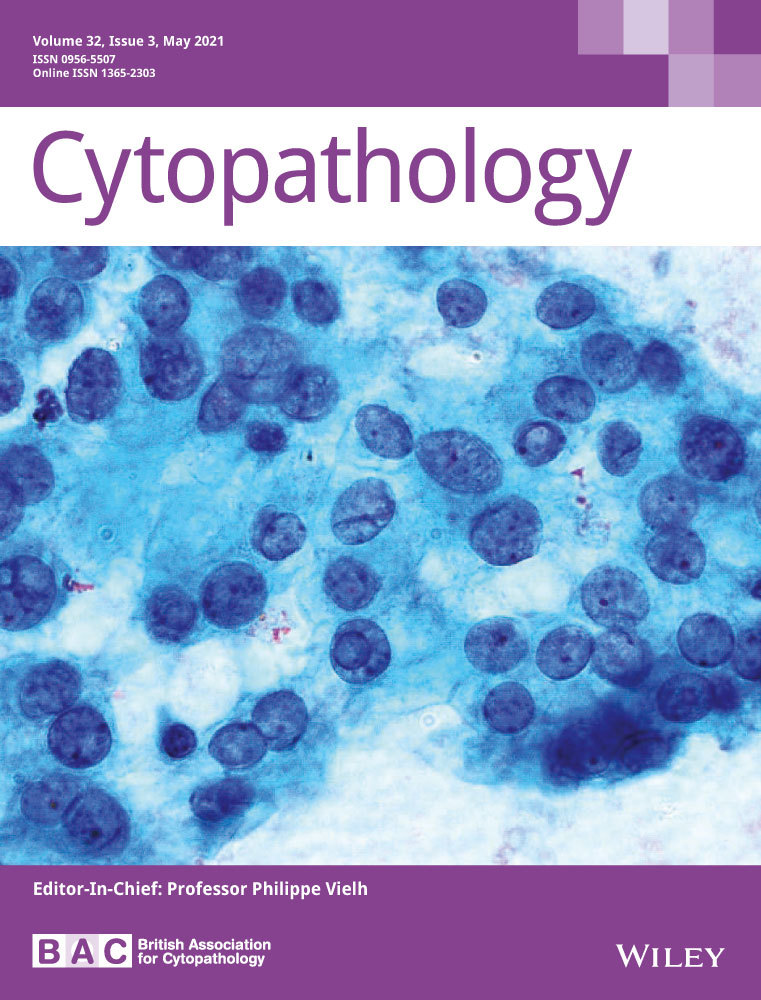Cost-effectiveness of rapid on-site evaluation of endoscopic ultrasound fine needle aspiration in gastrointestinal lesions
Abstract
Background and aim
Rapid on-site evaluation (ROSE) can improve adequacy rates of fine needle aspiration (FNA) and thus save operational costs. Our aim was to assess the cost-efficacy of ROSE performed during endoscopic ultrasound (EUS)-FNA of gastrointestinal lesions.
Method
This was a retrospective cohort study of 156 patients who underwent EUS-FNA for pancreatic, submucosal upper gastrointestinal, and adjacent lesions at Galilee Medical Center between 2012 and 2017. The patient cohort was divided into group A (62 patients, 39.7%) who underwent EUS-FNA with ROSE, and group B (94 patients, 60.3%) without ROSE. Cost analysis was based on the additional expenditure of repeated EUS-FNA sessions needed to reach accurate and final diagnosis in the two groups.
Results
The overall cost was significantly higher in group B ($121 422) as compared to group A ($72 861), including the ROSE cost. Additional EUS-FNA sessions were needed in 11.3% and 23.4% in groups A and B, respectively. The additional cost to achieve final pathological diagnosis was $7203 and $24 696 in groups A and B, respectively (P = .02), yielding a savings of $252 per EUS-FNA case by adding ROSE. Notably, adding ROSE to the EUS-FNA exam for gastrointestinal non-pancreatic lesions resulted in even higher savings per case ($682.40). Moreover, adding ROSE improved specimen adequacy to achieve final pathological diagnosis (odds ratio = 7.13, P = .0005).
Conclusions
EUS-FNA with ROSE was cost-effective. Incorporating ROSE into the clinical practice of EUS-FNA saves costs and improves specimen adequacy.
Abstract
Rapid on-site evaluation (ROSE) in conjunction with endoscopic ultrasound-FNA of various gastrointestinal lesions showed significant improvement in specimen adequacy and diagnostic accuracy. ROSE proved cost-effective, saving approximately $252 per EUS-FNA case, as patients with ROSE required fewer EUS-FNA sessions to reach final pathological diagnosis.
CONFLICT OF INTEREST
The authors declare there are no conflicts of interest regarding this manuscript.
Open Research
DATA AVAILABILITY STATEMENT
The data are held by the Gastroenterology Department at Galilee Medical Center and will be available upon request.




